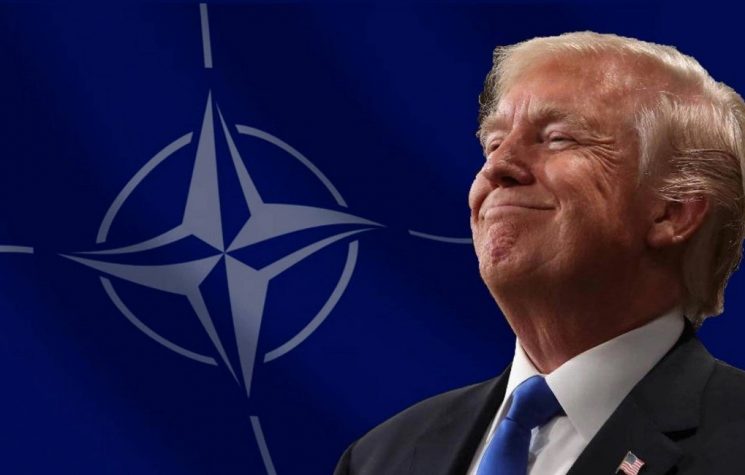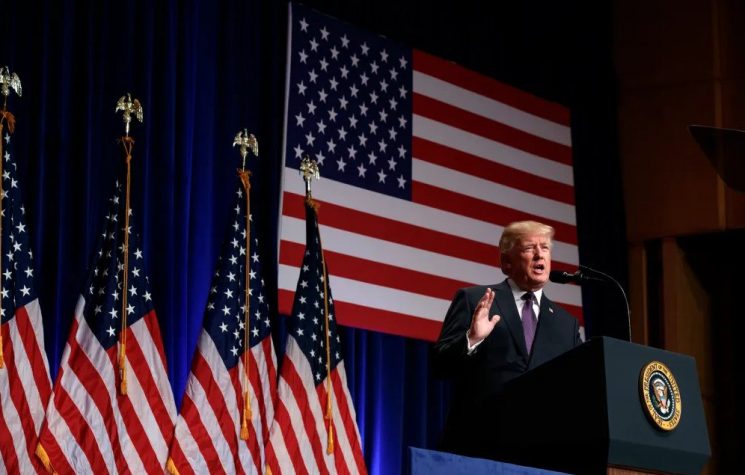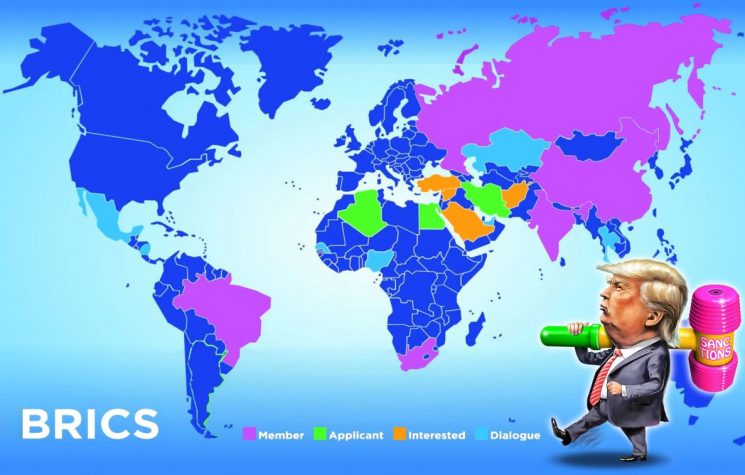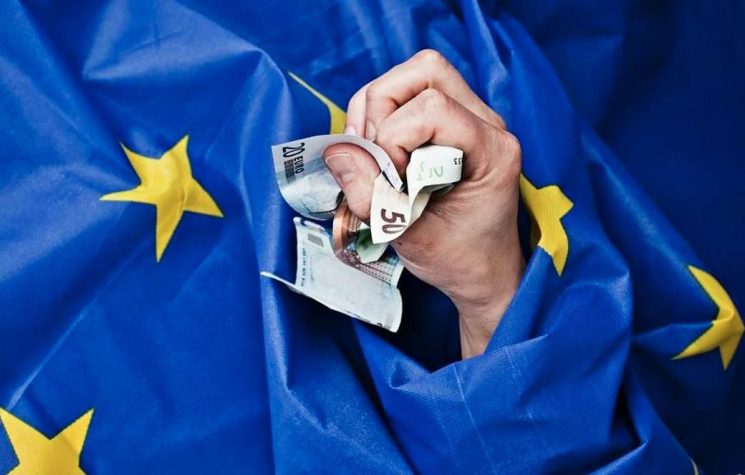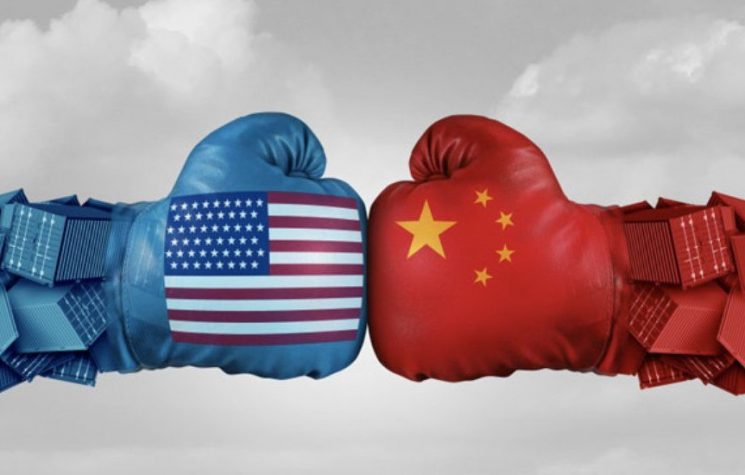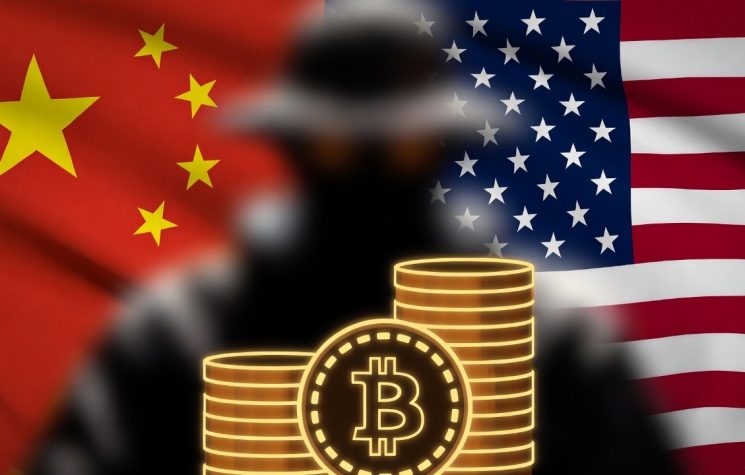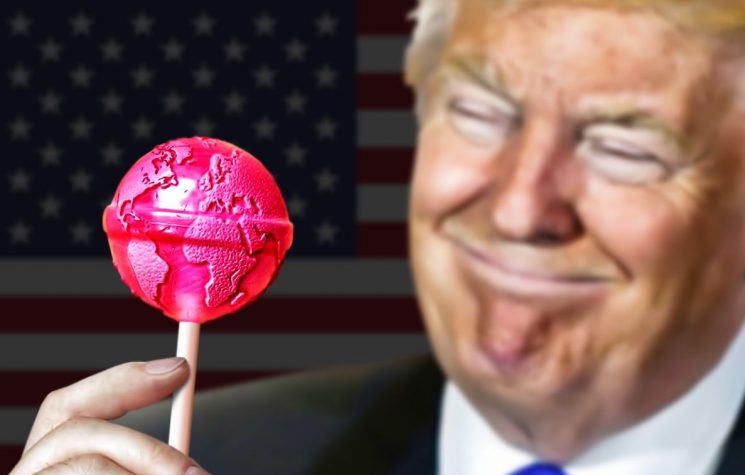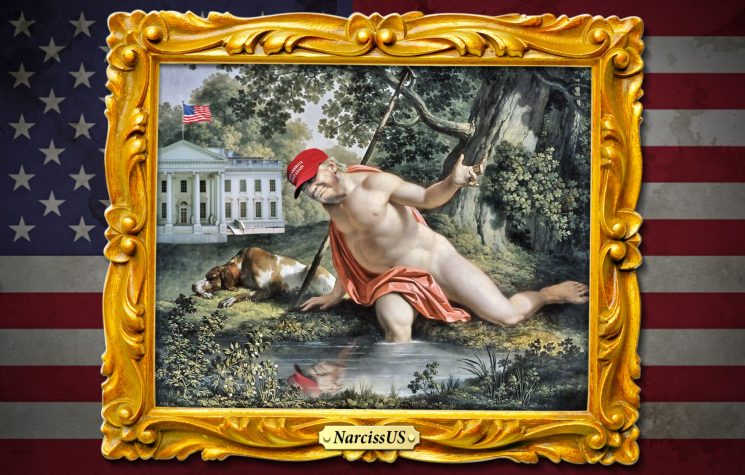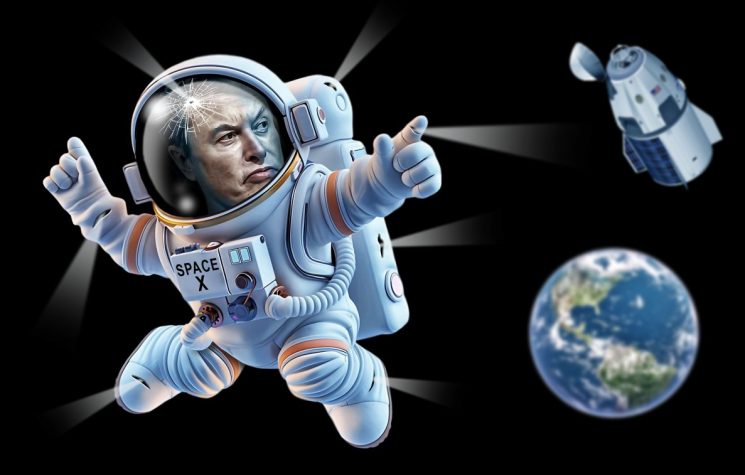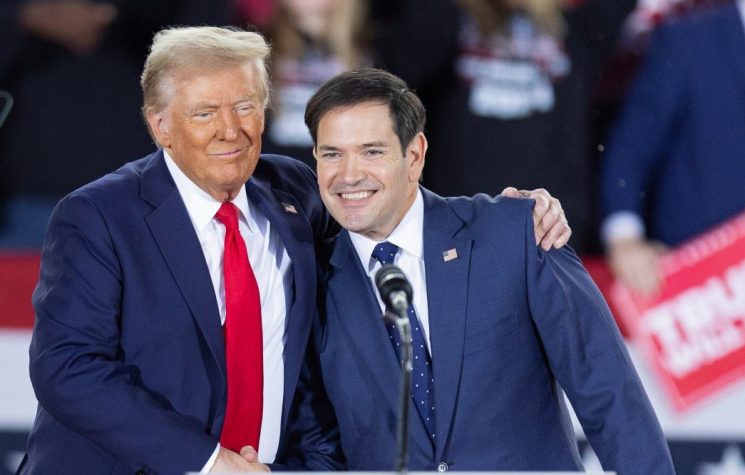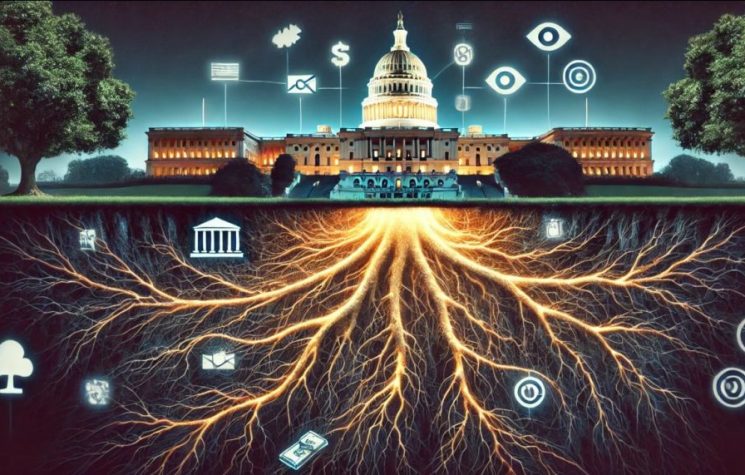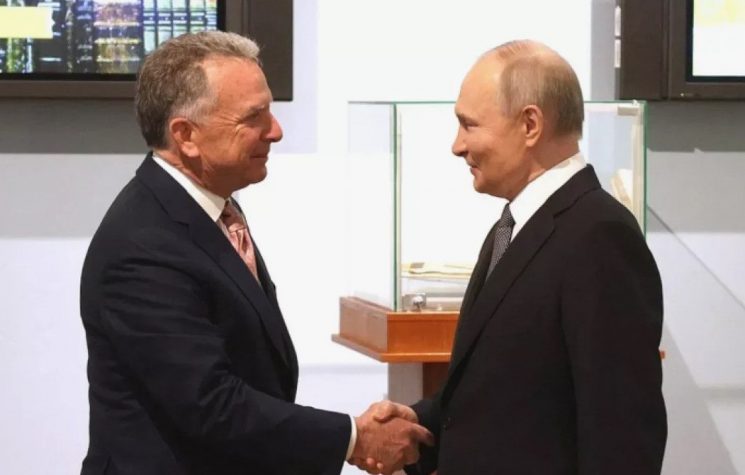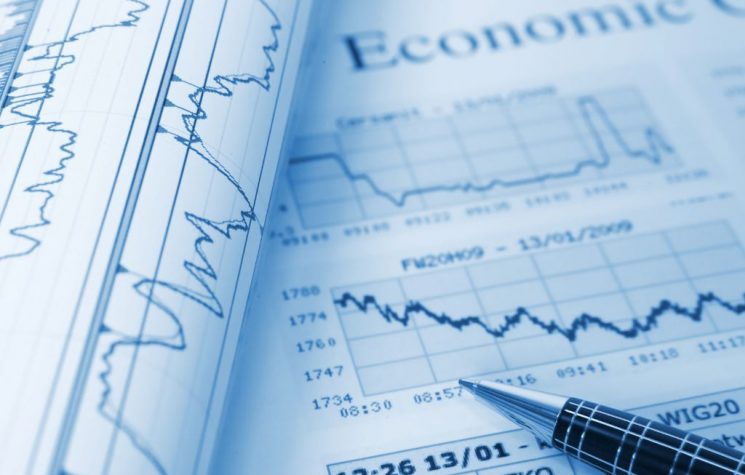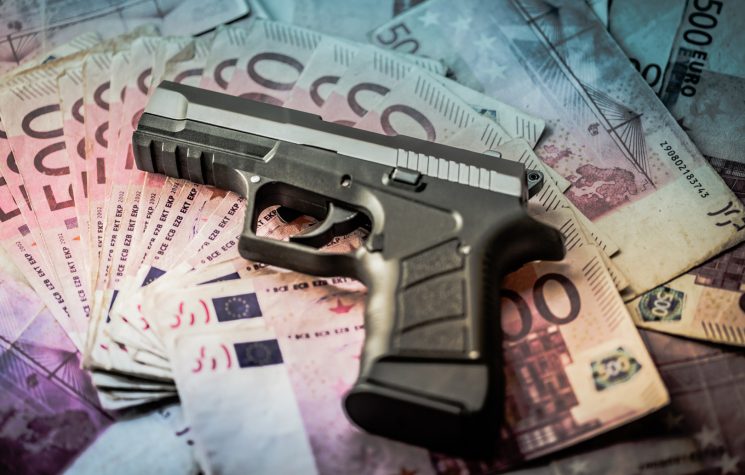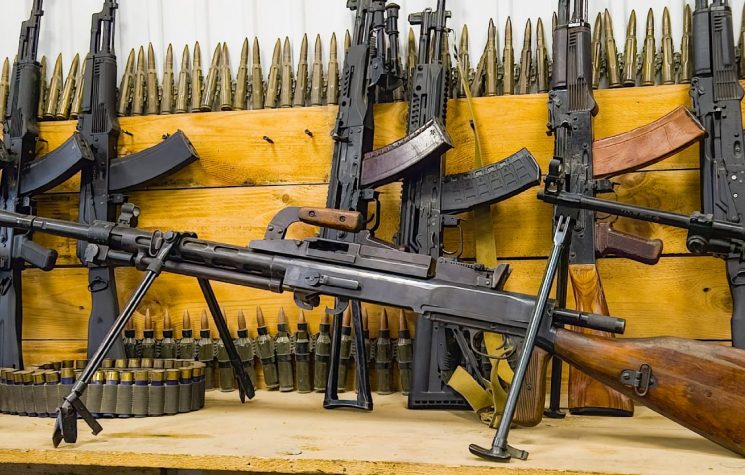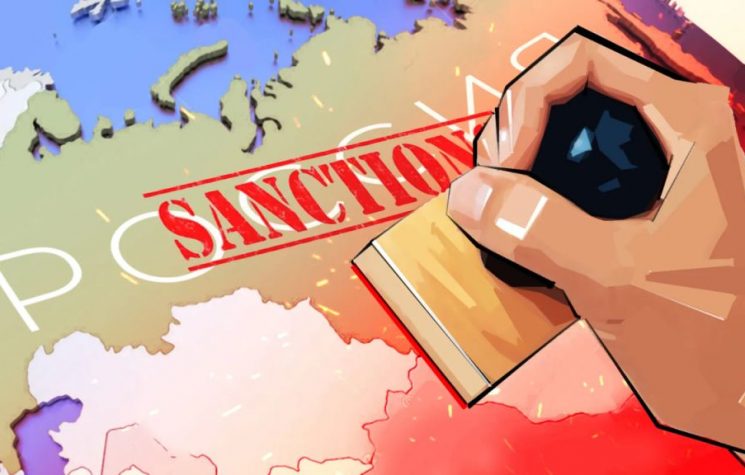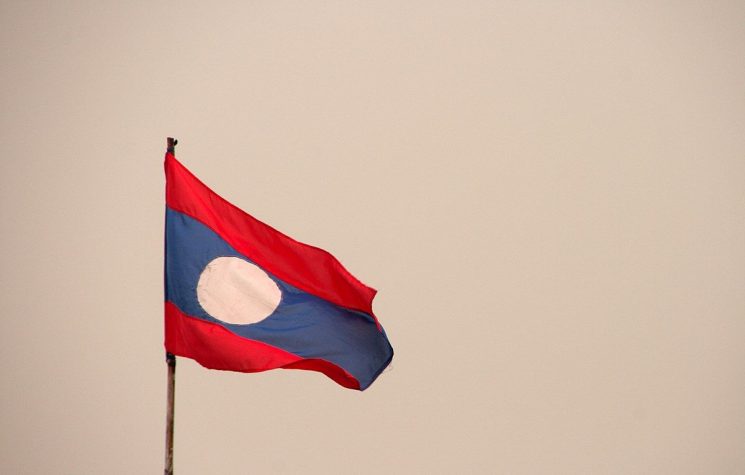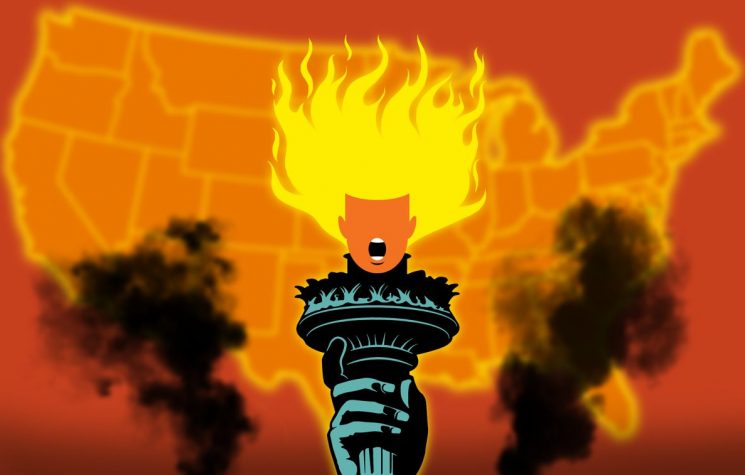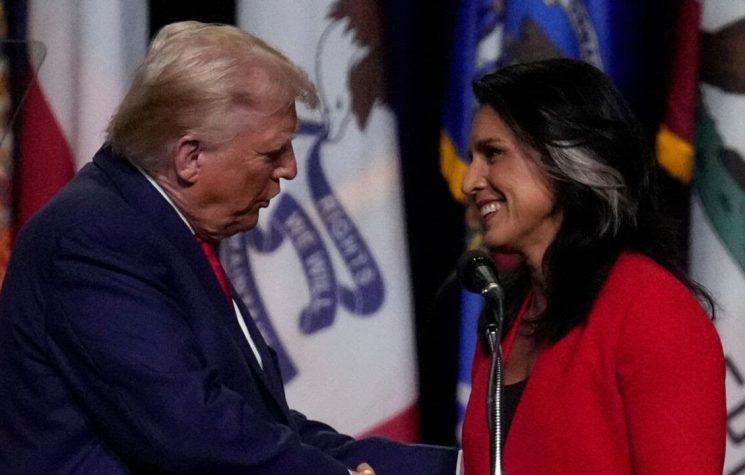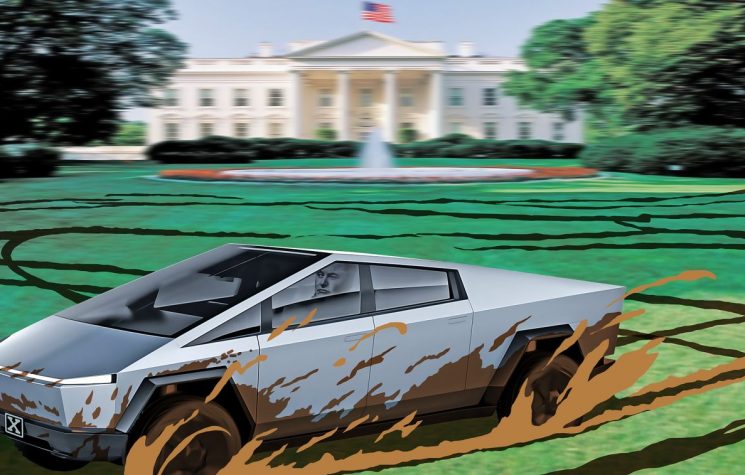In the art of the deal, threatening to crash the U.S. economy would bring Trump to the table far quicker than a tariff war.
Contact us: info@strategic-culture.su
As President Trump threatens the world with sweeping tariffs, he is trying to change the fundamental laws of economics through force of will. He won’t succeed. Rather than fighting back with reciprocal tariffs, developing countries should sell off U.S. debt.
The Austrian American economist Ludwig von Mises once said that ‘the balance of payments theory forgets that the volume of trade is completely dependent on prices.’
The United States has such a gigantic trade deficit, at over $1 trillion each year, because it can buy foreign goods more cheaply than it can produce them domestically. Some countries may subsidise production to lower prices, others might export goods that are further down the value chain compared to what American producers will make.
But, stepping back, the U.S. dollar is so powerful, that it renders American exports more expensive, irrespective of any distortions created by its trading partners. This is part of the exorbitant privilege in which the U.S. dollar acts the world’s leading reserve currency, amounting to 58% of total reserves.
Foreign countries put their capital into the U.S. because it is a stable and safe, increasing the price of the dollar on foreign exchange markets because demand is always high. A strong exchange rate makes foreign imports cheaper and that helps to manage inflation in America.
President Trump clearly wants to boost his support in the blue collar heartlands of America, driving job creation in traditional American industry that has been undercut by foreign imports over many years. But he can’t have two cakes and eat them both. He can’t simultaneously slash the huge U.S. balance of payments deficit – helping blue collar workers – while at the same time maintaining the U.S. as the destination of choice for foreign capital.
That would be to defy the logic of economics.
To oversimplify slightly, America has built its bloated Federal apparatus on the back of cheap imports. The huge current account surpluses that exporting powerhouses like China, India, European and ASEAN countries have built up has produced a torrent of easy capital to prop up the U.S. state.
The U.S. has a debt mountain of around $35 trillion which is roughly the equivalent sum of debt held by foreign investors. Of that debt, around $8.5 trillion is in the form of U.S. Treasuries, literally loans to the U.S. government, with a similar amount invested in corporate debt and the rest largely in equity.
That’s why Trump is going in so hard with Elon Musk’s DOGE initiative. He’s desperate to reduce the size of the U.S. state apparatus because he knows that the Federal house of cards is built on fiscal quicksand. He also probably figures that there’s a greater propensity among federal workers – who are facing massive job cuts – to lean democrat, than among factory workers.
That’s why the idea of a BRICS currency is so terrifying to Trump, because BRICS now accounts for 41% of the global economy by purchasing power parity. A BRICS currency poses a longer-term risk of making the dollar less appealing and, therefore, weaker, driving up inflation.
Because the real challenge to the U.S. is not the federal debt itself but its ability to service its debt. The exorbitant privilege, coupled with the massively disinflationary tidal wave of the global financial crisis, ushered in a period of historically low inflation and low interest rates.
That era has ended, as ratings agency Moody’s pointed out this week. U.S. interest rates are now higher, at 4.25-4.5% driving up the costs of servicing the country’s enormous debt mountain. The threat to the U.S. right now is inflation and what that means for its debt servicing bill, if interest rates are held or, even, forced higher.
There are parallels here for the 1970s, when rampant inflation, triggered by a number of factors including the oil crisis and America’s move to a fiat currency, led U.S. interest rates to soar at one point to 20%. During this period, foreign countries withdrew their investments, and the dollar slumped to 45% of total global foreign exchange reserves.
And herein Trump’s challenge. He can’t export more without a weak dollar, and a weak dollar will make U.S. debt harder to services.
Tariffs are simply his attempt to bully less developed economies for America’s political and economic advantage. They impose a cost on foreign exporters that is unrelated to the price of the goods, as determined by the rate of exchange at any time. And there is little value for an individual country in responding with reciprocal tariffs, precisely because they export more to the U.S. than they import. On the escalation ladder of tariffs, they will only ever lose out.
But developing countries have more power than they realise. Countries that export more than they import, build up stocks of foreign exchange that they invest overseas. If you look at the size of countries’ trade surpluses with the U.S. it is insightful. China has a deficit of around $300 billion each year, with the EU it’s over $220 billion and with India $37 billion. These countries/blocs all park significant volumes of their capital in the U.S. because of the dollar’s prominence.
Rather than fighting tariffs with tariffs, developing countries should look to divest their long-term debt holdings in U.S. treasuries and corporate debt on a wholescale basis. As they sold off their American debt and reinvested it in developing countries, or retrenched, to manage the impact of reduced exports to the U.S., the dollar would fall in value.
U.S. exports may rise. However, and as happened in the 1970s, inflation would become a major systemic risk to the U.S. economy over a period of years, as the price of foreign imports rose in the face of a weakening dollar. That would force up interest rates, as the U.S. government sought to shore up demand for the dollar to reduce inflationary pressure. And that would raise the cost of servicing America’s debt mountain.
In the art of the deal, threatening to crash the U.S. economy would bring Trump to the table far quicker than a tariff war. As the U.S. President himself might say, ‘sell, baby, sell.’











